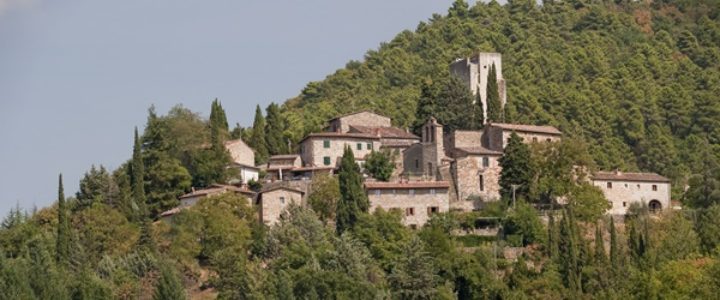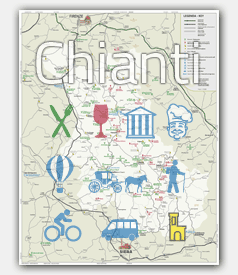
Later it must have recovered so much that in 1220 and 1240 it was granted by the Emperor Frederick II to the Guidi Counts, to be precise to the branch of the baptiszac and these held it until the middle of the XIV century.
The ruins of a tower that dominates the town now survive from the ancient castle. In the eighties to the part of the original tower, only one side on which opens a small window, a structure that allowed the recovery for residential purposes of the tower was built without altering the enjoyment of medieval remains. In the village there is also the parish church dedicated to San Jacopo. At the foot of the castle is the Molino di barbischio, a housing complex that has medieval characters from which emerges a tower and also other notable architectural elements such as an arched portal and shelves of projecting apparatuses.



